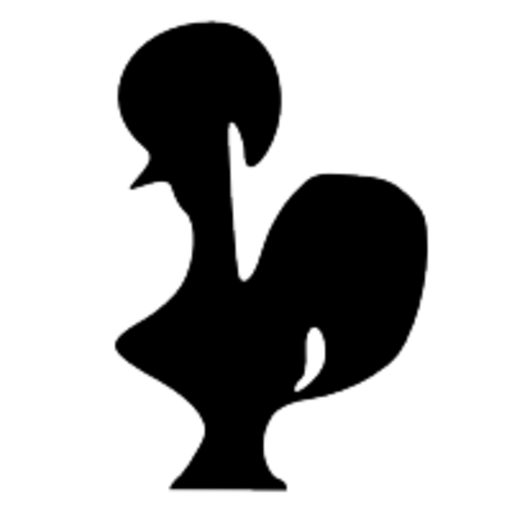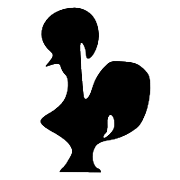Automated theorem provers
Coq a.k.a. Rocq

“¡Una cucaracha!” they say in Spanish. Some people cheat on exams to get college math degrees from diploma mills, and now people are stoned out of their minds on marijuana with an emasculated “automated theorem prover,” whatever that behemoth of a software system is supposed to do.
And there’s a survey of “respondents” who must have appeared in court to answer the sexual harassment charges stemming from a birdish name for a piece of software.
I don’t want to sound stupid, but there’s people who don’t have any clothes at work in the mathematical sciences, and I am not fond of all the upside-down A’s and backwards E’s, excessive parentheses, horseshoes and epsilons. Throw a devil’s pitchfork Ψ at it, invite a whole graduating class of soft-science psychiatrists and druggers to a mathematical convention, and now all of Paris is too heavily stoned and doped on psychotropic coffee shop prescription medications to take note one way or another of anything of mathematical interest.
EDIT: More on the symbols:
Instead of (∀x ϵ Y)(∃z ϵ W) . . .
Write (x ϵ Y)(Ex. z ϵ W) . . .
the old-fashioned way without the peculiar symbols using parantheses alone to signify “for all” and the abbreviation “Ex.” for “exists.” or possibly something like
(A. x .e. Y)(Ex. z .e. W) . . .using all ASCII characters. Mathematicians who work with computer programmers need to make themselves clear without the goofy cock-a-rock symbols.
